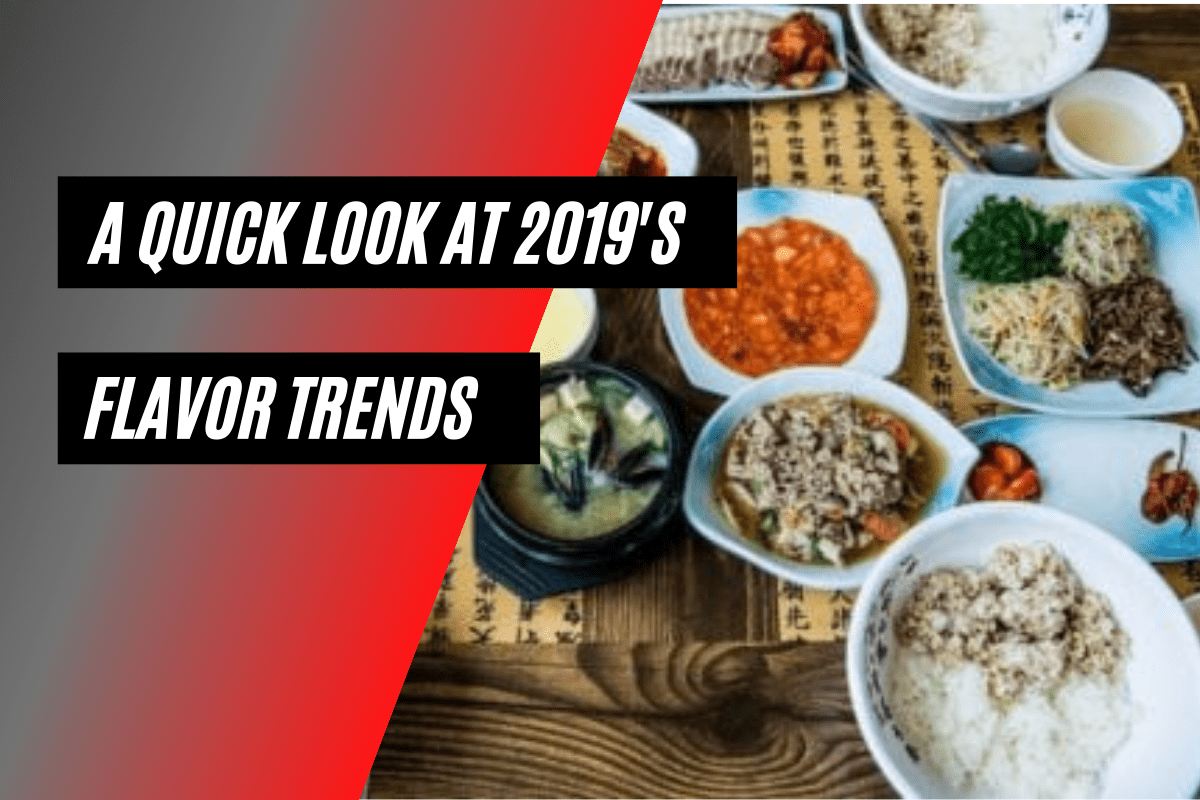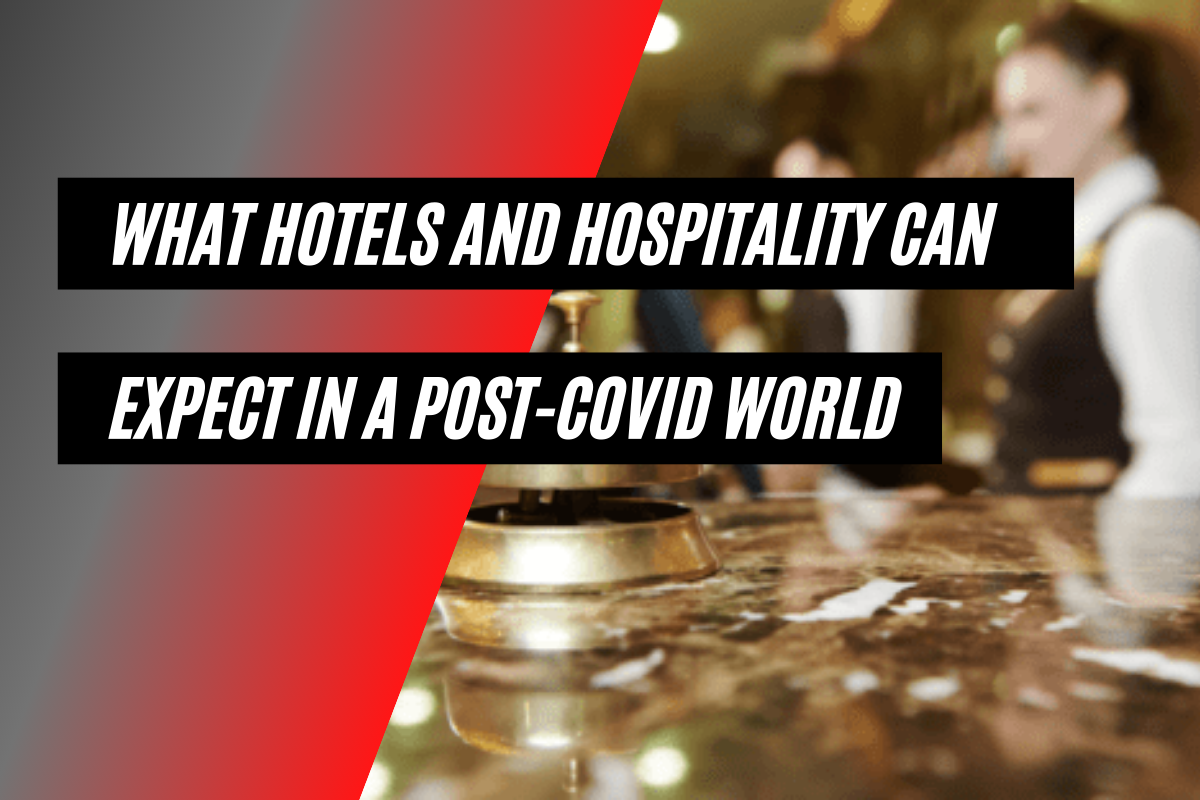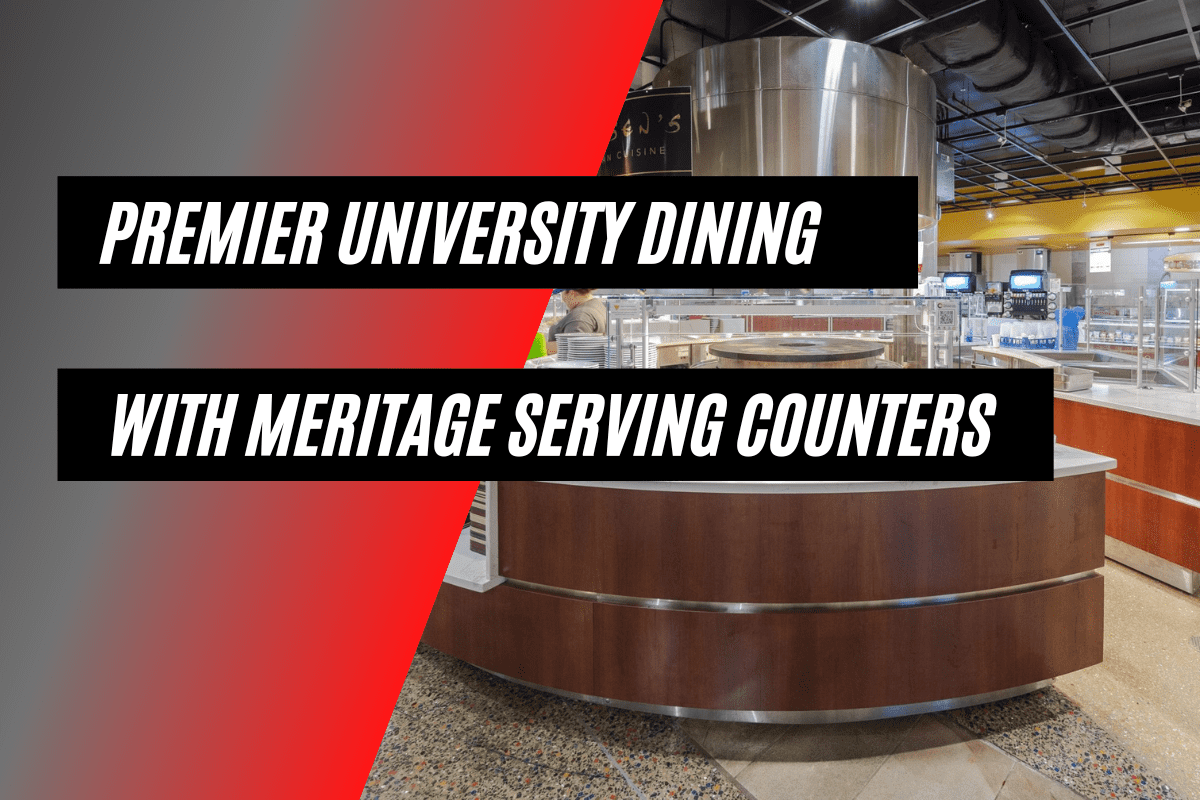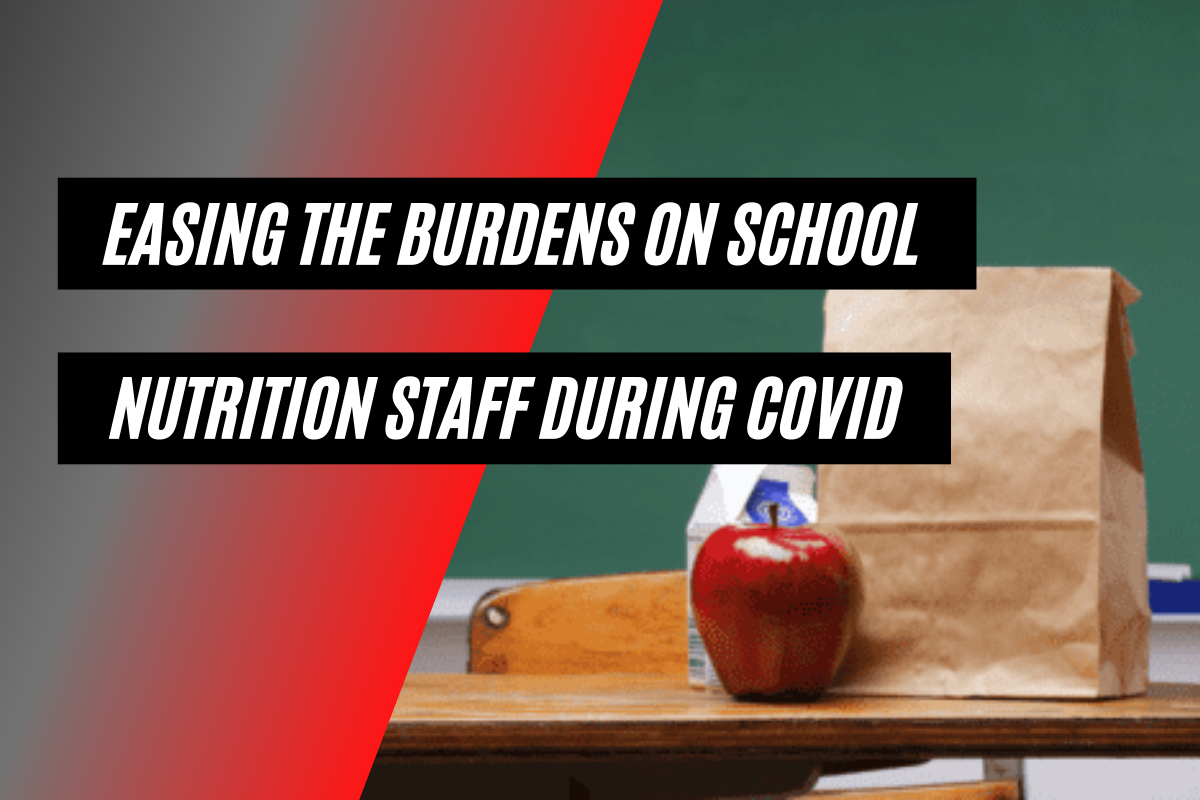Living in the digital age definitely comes with a lot of perks, especially when it comes to foodservice and what's known as the "ghost kitchen". In the last five years, apps like GrubHub, UberEats, and DoorDash have taken over the food industry. Offering convenience by taking away the long lines and busy hustle of sitting in a restaurant waiting to order, these apps have provided a simple way to grab breakfast, lunch, or dinner without having to leave the comfort of your office or home. What more could you want?
Well, from an industry perspective, staying on par with the latest trends without having to take a loss to be a part of it is the goal. As consumers further move towards online orders and delivery services, keeping up without going into debt can be difficult for start-ups and older businesses. Fortunately, the ghost kitchen is offering a perfectly balanced solution to help you keep up with consumer's technology-savvy desires.
WHAT IS THE GHOST KITCHEN PHENOMENON?
Simply put, a ghost kitchen is a facility set up for delivery-only meals. It provides space to prepare and produce these meals so that online orders are successful without any snags or troubles along the way. Through ghost kitchen services, foodservice operators are able to expand their areas of service, focus more on seamlessly contactless methods of serving, and cut back on the costs of real estate.
PERKS, CONS, AND MORE
Ghost kitchens are dominating the food industry by honing in on a specific style of food or a particular cuisine. This allows kitchens to focus on multiple brands of an item, making it easy to reach customers looking for a specific dish while also taking advantage of the real estate market. Perks you can be on the lookout for are:
- Cross utilizing products between brands
- Quick launch phase
- Cheaper than opening a brand-new location for each brand
- Less equipment needed
- Expand customer reach by taking advantage of a broader delivery area away from your permanent location
With any new business model, there are disadvantages. As ghost kitchens grow and work out all their kinks, here are the cons you might experience:
- High competition due to an increased virtual food court
- No walk-in traffic
- Limits on your delivery service based on where that kitchen is located
As trends change and services such as ghost kitchens continue to rise in popularity, staying on top of the foodservice industry will also change. Ghost kitchens' rise in success comes from their ability to expand business in small increments. They allow you to reach consumers you may not reach otherwise and help you break into the delivery service movement that's taking over.
Following the odd year we had in 2020, consumers will continue taking advantage of online ordering and curbside pick up or delivery services. In 2021, we can expect that the ghost kitchen trend will grow drastically. It only takes somebody 66 days, on average, to form a habit. If we look at that from a delivery perspective, then the habit of utilizing quick service apps is already habitual.
For more information on how you can implement the ghost kitchen into your foodservice operation, contact us at Lakeside today. Our experts focus on manufacturing top of the line foodservice equipment as well as continuously monitor the latest industry trends. We'll be following the ghost kitchen trend through 2021, and we look forward to helping you make the necessary changes to do the same and to further assist in increasing the success of your overall foodservice operation.




